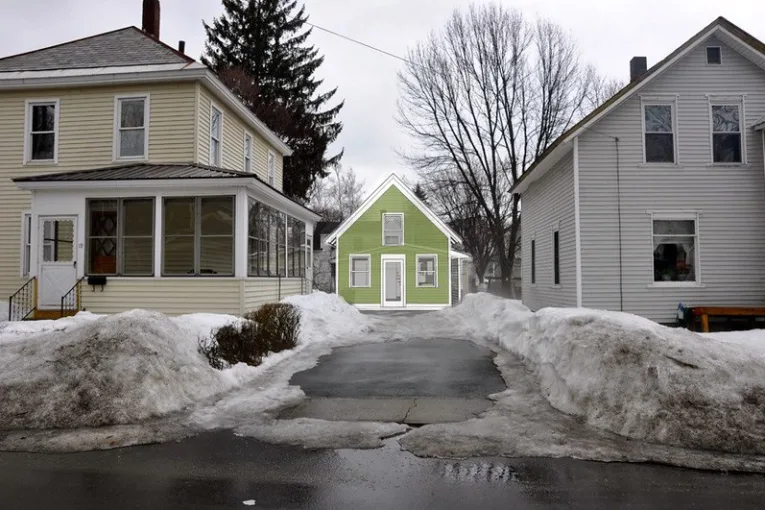
The ongoing affordable housing crisis reveals a stark truth: many homeowners are resorting to unpermitted accessory dwelling units (ADUs) as a makeshift solution to the pressing need for affordable housing, according to a blog entry by the American Planning Association.
As economic hardship continues to rise, so too does the urgency for innovative housing solutions. While ADUs can provide a more affordable and quicker alternative to traditional housing, the reality is that a staggering 78 percent of these units constructed between 2016 and 2020 were built without the necessary permits, according to a recent study leveraging computer vision technology.
“While some states, including California, have passed laws to ease the ADU permitting process due to its critical role in addressing the housing crisis, the lack of data on unpermitted units limits our understanding of how ADUs are being developed,” the article notes.
In fact, they argue, the implications of these unpermitted ADUs are profound. For policymakers, the lack of data on these structures complicates efforts to address the housing crisis effectively. The very communities that are most in need of housing solutions—often less affluent and more diverse neighborhoods—are disproportionately represented in the unpermitted ADU landscape. This raises critical questions about the inclusivity and effectiveness of our housing policies.
The barriers to obtaining permits are multifaceted. Homeowners may face daunting regulatory hurdles, high costs, and a lack of knowledge about the permitting process. In neighborhoods that are already economically disadvantaged, these challenges can become insurmountable, leading many to forgo the legal path altogether. As a result, the gap between the city’s official housing counts and the more realistic numbers reported by the U.S. Census grows wider, leaving policymakers in the dark about the true state of housing availability.
In “Not (Officially) in My Backyard: Characterizing Informal Accessory Dwelling Units and Informing Housing Policy With Remote Sensing” (Journal of American Planning Association, Vol. 91, No. 1) Nathanael Jo, Andrea Vallebueno, Derek Ouyang, and Daniel E. Ho “leverage computer vision to estimate the number of detached accessory dwelling unit constructions in San Jose, California.”
The findings from the study by Jo and colleagues prompt an urgent call to action: it is time to rethink our zoning laws and streamline the permitting process. By identifying and addressing the barriers that prevent homeowners from obtaining permits, particularly in under-resourced communities, we can not only promote legal ADU development but also empower residents to take control of their housing situations.
In an era where the need for affordable housing has never been clearer, we must embrace flexibility in our zoning regulations and prioritize the construction of legal ADUs. Doing so will not only help alleviate the housing crisis but will also promote safer living conditions for residents.
Advantages of ADUs:
- Increased Housing Supply: ADUs provide additional housing options in urban areas, helping to alleviate the housing crisis.
- Affordability: They can be a more affordable alternative to traditional housing, offering lower rental prices for tenants.
- Flexibility for Homeowners: Homeowners can generate rental income, use the space for family members, or create a guest suite.
- Efficient Use of Space: ADUs maximize existing residential properties without requiring the purchase of additional land, preserving neighborhood character.
Disadvantages of ADUs:
- Regulatory Challenges: Navigating the permitting process can be complex and costly, deterring homeowners from building legally.
- Potential for Unpermitted Units: Many ADUs are constructed without permits, leading to safety risks and undermining zoning regulations.
- Neighborhood Resistance: Some communities may oppose the development of ADUs, fearing that they could alter neighborhood character or increase density.
- Infrastructure Strain: An increase in housing units can put pressure on local infrastructure and services, such as parking, schools, and utilities.
In balance, while ADUs have the potential to address pressing housing needs, they also present challenges that require careful consideration and policy reform.
